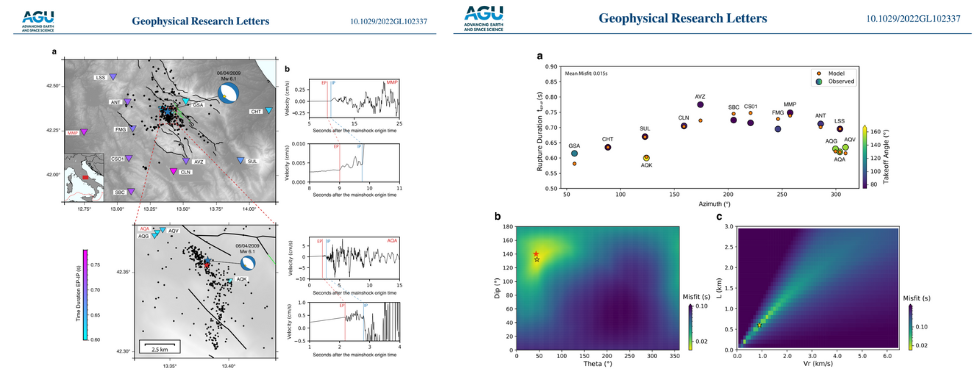Sheding light on how an earthquake starts

It is not currently possible to predict earthquakes with the specification of time, location and magnitude of a future event. For preventing earthquake risk seismic maps are certainly important but they can’t offer deterministic predictions needed to provide early warnings to the public.
However earthquake detection might be improved by studying the complex physics governing the nucleation of earthquakes which is a key question in Earth science.
MONIFAULTS, an Erc Starting Grant project, aims at exploring fault physics through geophysical data and detecting ‘anomalous’ seismological signals that can shed light on how an earthquake starts. The project is focused on Italy, where earthquake risk is high, and for that reason relevant research and measures are a priority.
In this framework Dr. Piero Poli, researcher of the Department of Geosciences of the University of Padova and Leoncio Cabrera of the University of Grenoble, in France, recently published a studyin Geophysical Research Letters about the rupture initiation of the Mw 6.1 L'Aquila earthquake, occurred in 2009.
“Looking at the data of the seismograms we noticed that there was a very small amplitude signal that is somehow anomalous. We started to look at the very detail of the signal and we did some processing to try to understand how this first part of the rupture was behaving”, Dr. Poli says.
From the geometrical characterization and rupture parameters of this initial phase, the authors of the study inferred that the rupture struggled to initiate exhibiting a slow rupture velocity and low seismic efficiency due to a complex environment in the region where the rupture starts.
“Our full characterization of the rupture initiation including geometry, rupture velocity, and some other rupture parameters reveals important new insights about earthquake initiation, and helps to bridge the gap between laboratory experiments, numerical modeling, theoretical studies and observations of faults in nature”, Poli and Cabrera write in the conclusion of their study, adding that “the rupture initiation takes place in a complex environment, where factors such as the presence of fluids, a mixed rheology and the effective contact surface play a key role”





